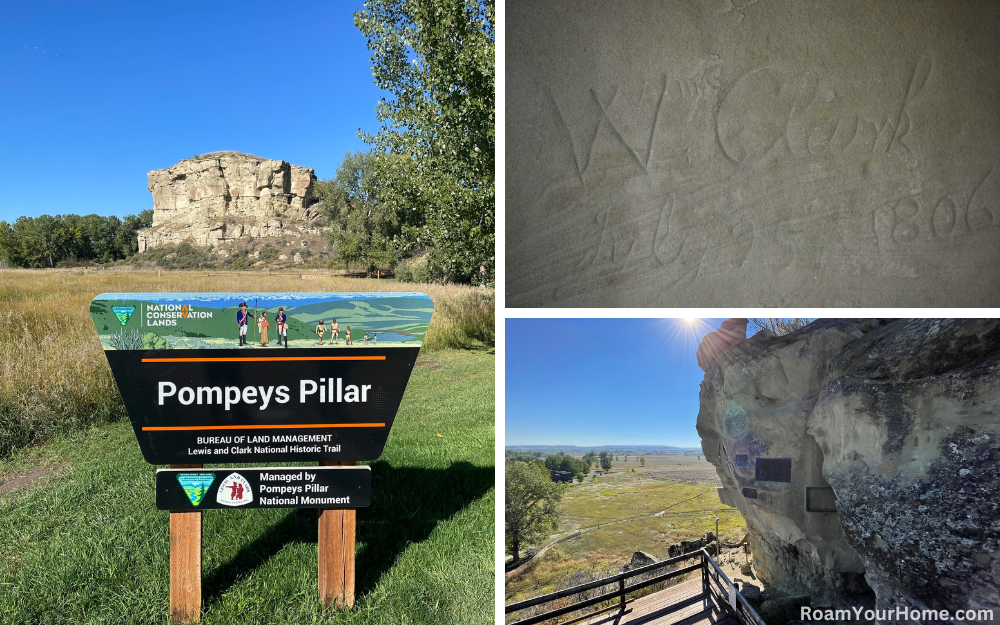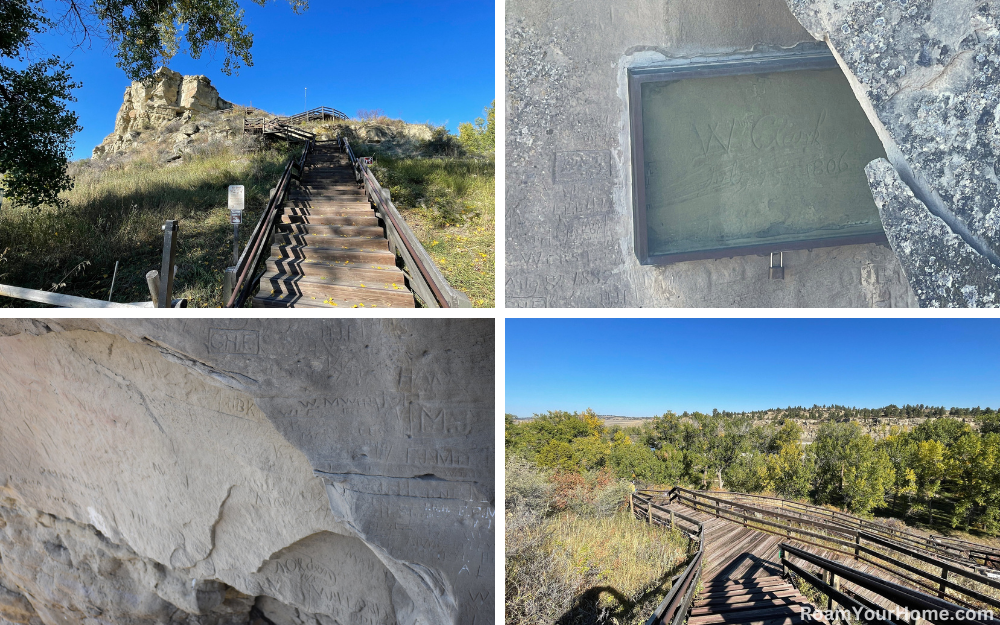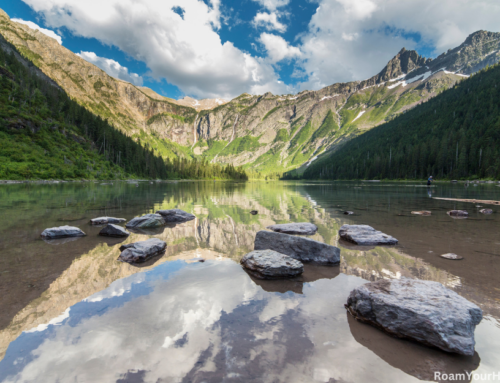
Pompeys Pillar National Monument’s historical graffiti
Pompeys Pillar National Monument is about 30 miles east of Billings, Montana. The site is just off Interstate 94 and sits on the banks of the Yellowstone River.
At just 51 acres, Pompeys Pillar National Monument is one of the smallest in the United States. While small in size, its historical significance is tremendous. The monument protects the only physical evidence of the Lewis and Clark Expedition on their route.
On Friday, July 25, 1806, Clark wrote in his journal: “This rock which I shall call Pompy’s Tower is 200 feet high and 400 paces in secumphrance… The natives have ingraved on the face of this rock the figures of animals &c. near which I marked my name and the day of the month & year.”
The rock and Clark’s signature looks much like they did more than 200 years ago when the Lewis and Clark Expedition traveled through the area. In addition to Clark’s name, Pompeys Pillar has more than 5,000 other engravings, petroglyphs, and pictographs. For hundreds of years, the Pillar was used as a campsite and a place for spiritual activities by Native Americans, who called the Pillar “the place where the mountain lion lies.” During the 19th century, fur trappers and other early settlers started leaving their mark on the Pillar. Today, Clark’s engraving is protected behind plexiglass but still clearly reads W Clark July 25, 1806. Clark named the rock after Jean Baptiste Charbonneau, the son of Sacagawea. Clark nicknamed Charbonneau “Pomp.”

Visiting Pompeys Pillar National Monument
Today, visitors to the monument can hike up and see Clark’s famous signature. The Interpretive Center is fantastic. There are incredible exhibits explaining the expedition’s journey down the Yellowstone River, the significance of Pompeys Pillars, and much more. The site is not open to traffic year-round and usually closes for winter at the end of September. If the gate is locked, you can still park and walk 0.75 miles into the monument.
The monument will not take all day to visit, but you can spend a few hours there. There are a couple of great spots to have a picnic and enjoy the views the Lewis and Clark and Corps of Discovery enjoyed more than 200 years ago.

